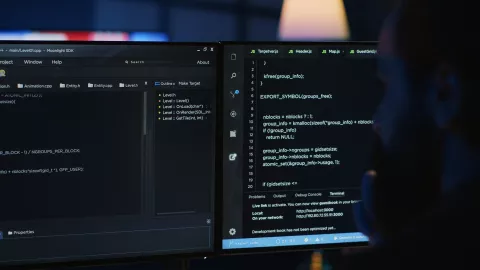How to Conduct Effective Exit Interviews

Employee turnover is inevitable in any organization. While losing talent can be challenging, it also presents a unique opportunity: exit interviews. When done well, exit interviews provide valuable insights into workplace culture, management practices, and areas for improvement. Instead of being a routine HR task, they can become a powerful tool for building stronger retention strategies.
Why Exit Interviews Matter
- Uncover Hidden Issues
Employees leaving the organization may feel more open to sharing honest feedback about leadership, culture, and processes. - Improve Retention
By spotting patterns in why people leave, HR can address systemic issues that affect morale and engagement. - Enhance Employer Brand
A respectful exit process shows that the company values feedback and maintains positive relationships, even after employment ends. - Support Continuous Improvement
Exit interviews provide data that can inform policy changes, training programs, and leadership development.
Best Practices for Conducting Exit Interviews
1. Choose the Right Format
Exit interviews can be conducted in person, over video calls, or through online surveys. Face-to-face or virtual conversations usually generate more detailed feedback.
2. Create a Comfortable Environment
Employees should feel safe to share candid opinions without fear of repercussions. Emphasize confidentiality.
3. Ask the Right Questions
Go beyond generic “Why are you leaving?” and focus on deeper insights:
- What influenced your decision to leave?
- How would you describe your relationship with your manager?
- Were your skills and talents used effectively?
- What could we have done differently to keep you?
4. Keep It Neutral and Professional
Avoid making the discussion defensive. The goal is to listen, not to justify company policies.
5. Document and Analyze Trends
HR should systematically record and review feedback across multiple exit interviews to spot recurring themes.
6. Act on the Feedback
Insights are useless without follow-up. Share findings with leadership and create action plans to address issues.
Common Pitfalls to Avoid
- Treating exit interviews as a formality instead of a learning opportunity.
- Asking leading questions that bias the employee’s response.
- Ignoring or dismissing negative feedback.
- Failing to communicate changes that result from collected insights.
The Role of HR Technology
Modern HRM systems can streamline exit interviews by:
- Providing digital survey templates.
- Tracking feedback trends across departments.
- Integrating insights into employee engagement and retention dashboards.
- Ensuring confidential data storage and analysis.
Conclusion
Effective exit interviews go far beyond checking a box—they are a strategic tool for organizational growth. By creating a safe space for honest feedback, asking the right questions, and acting on insights, companies can reduce turnover, strengthen culture, and build long-term trust.
When employees leave, they take their experiences with them—but with the right approach, they can also leave behind invaluable lessons for the future.
- Log in to post comments


